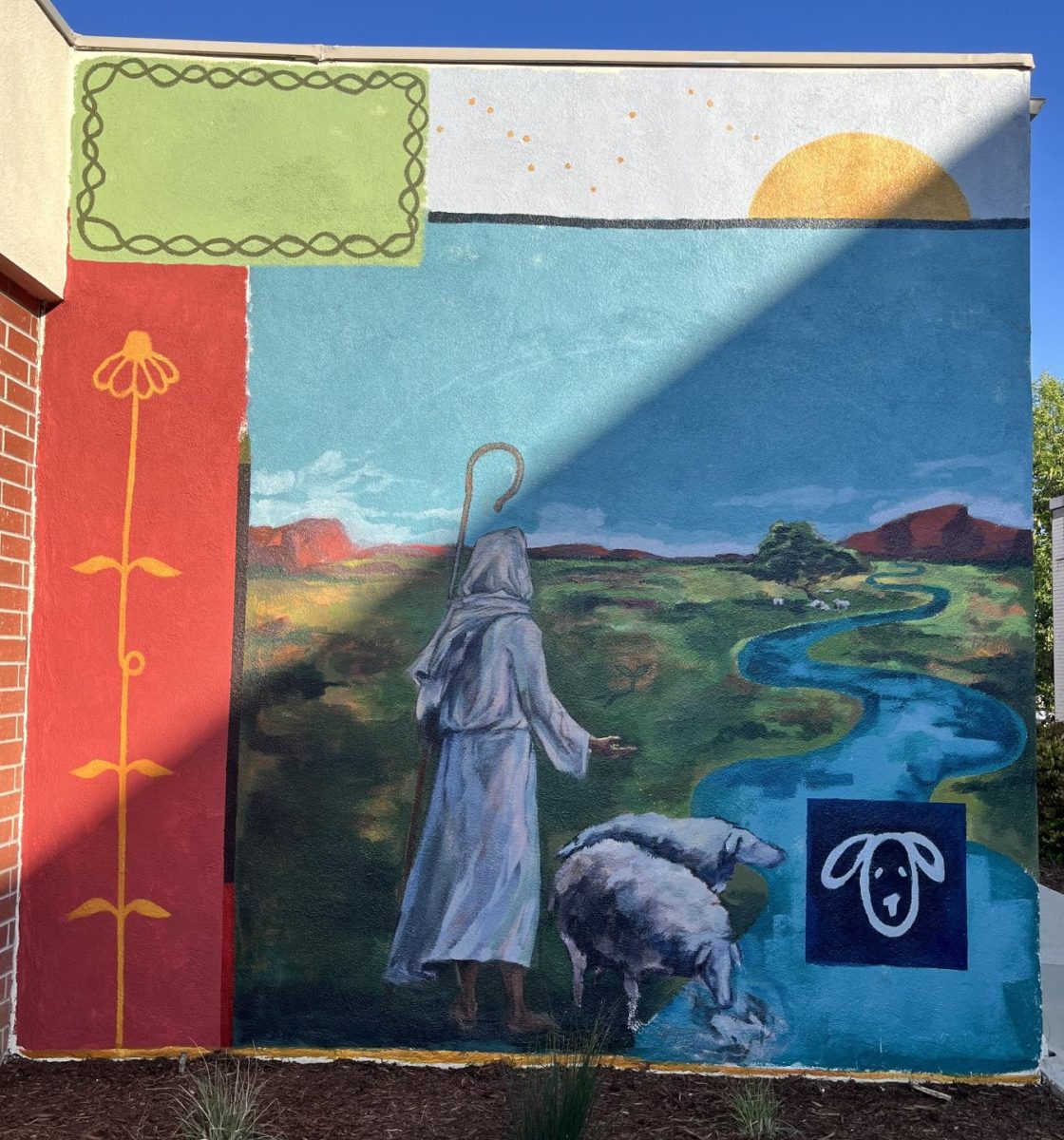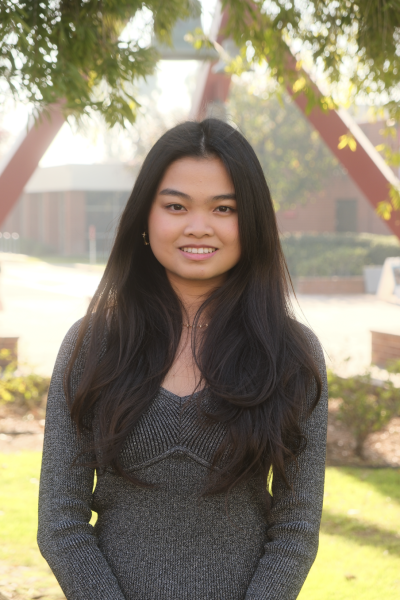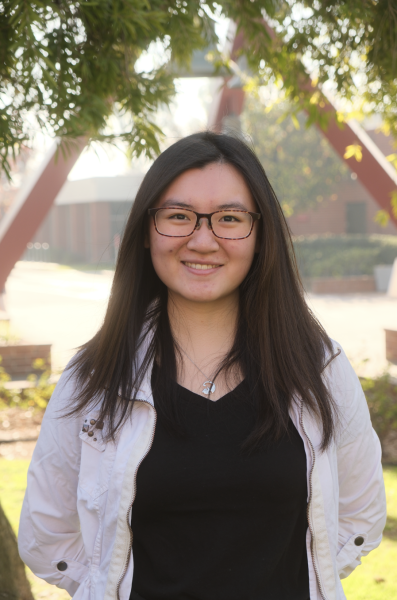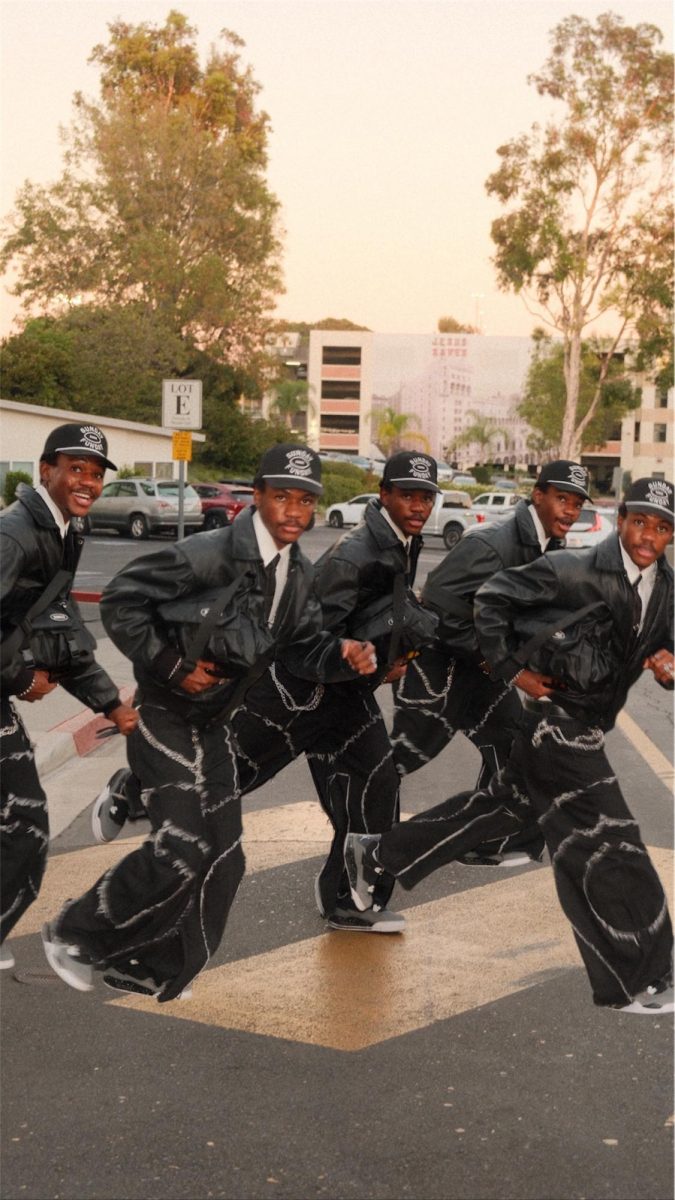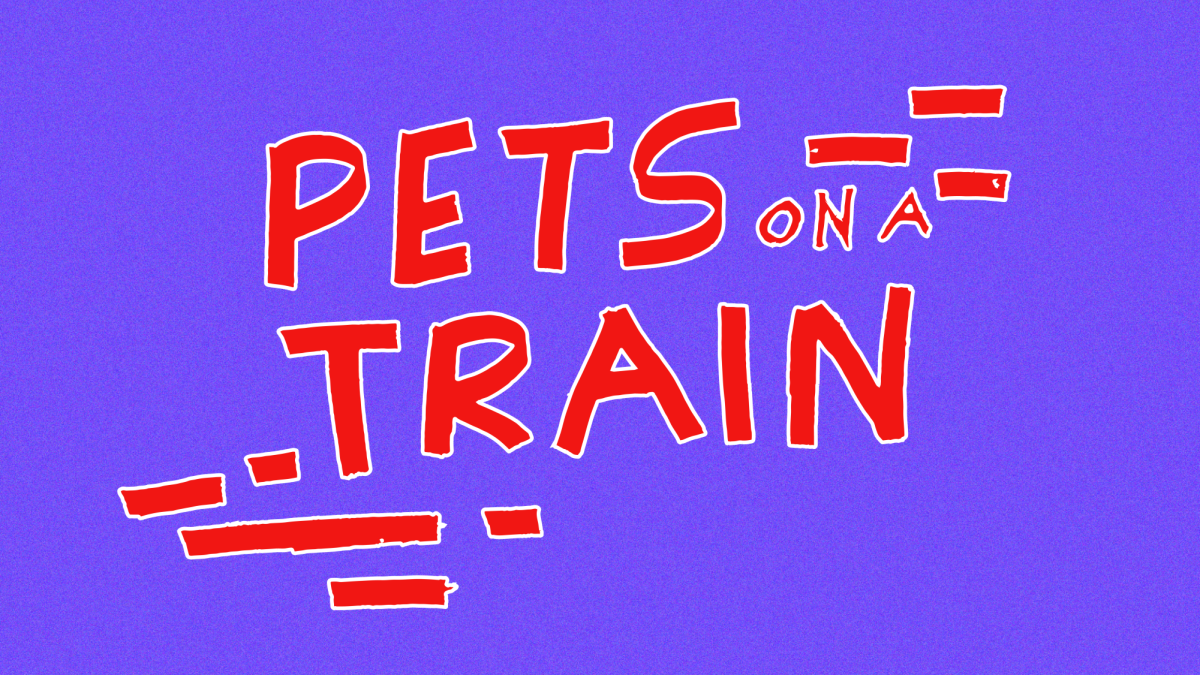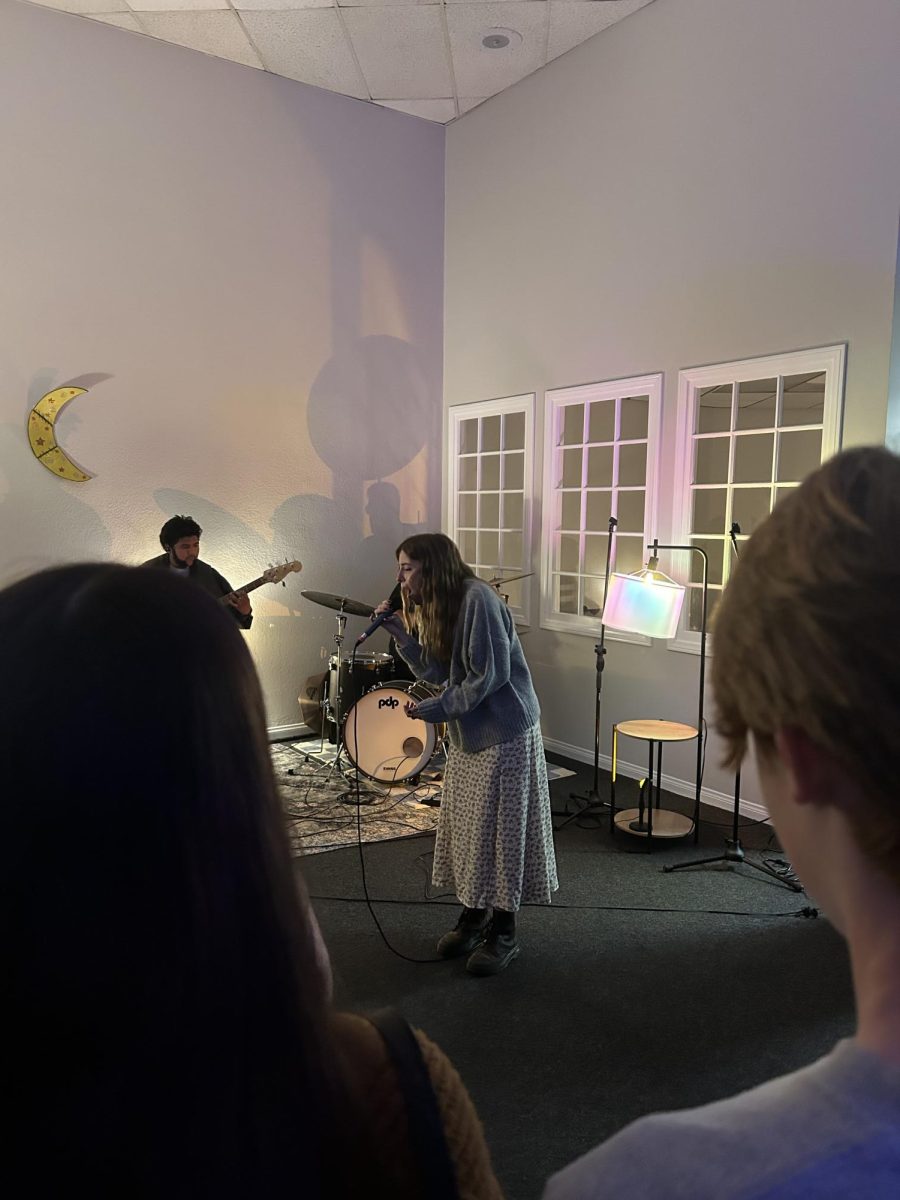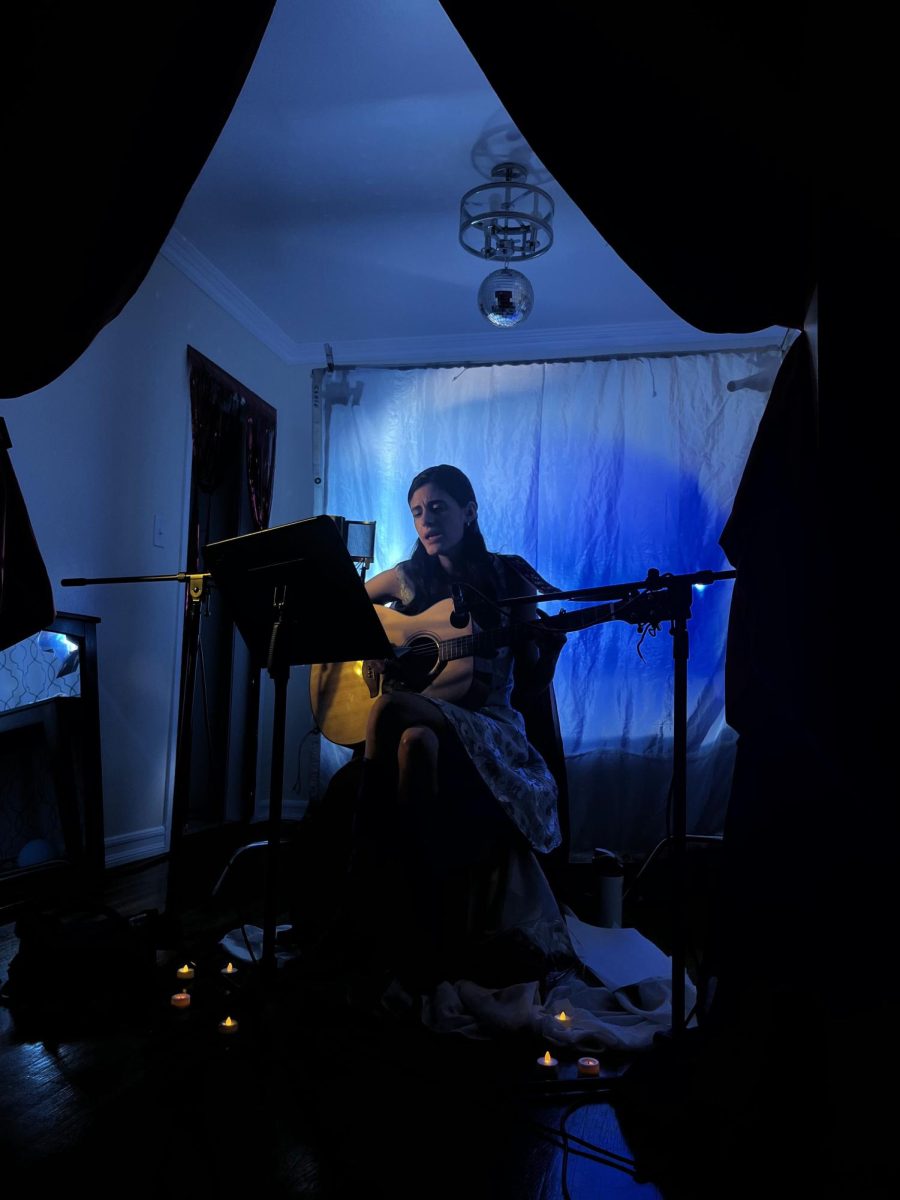The Committee of Art in Public Space (CAPS) has come to the decision to take down the mural that was recently made by two Biola art students – Alisha Mark and Lily Guild – beside the library. In regard to the decision to remove the mural, the two artists stated: “The mural was originally planned in February to supplement the prayer garden planted by the Creation Care Club. In April, we received verbal approval, but we learned recently that the Dean of SoFAC and CAPS intend to remove it.”
Despite creating a petition with 300 signatures collected in just two days, CAPS maintained their decision to remove the mural after the Spring 2025 graduation happening next week.
According to Mark and Guild, “CAPS acknowledged that the mural’s approval process was unclear, and that they will seek to increase the transparency of their initiatives, including the installation of temporary student work. They appreciated its benign intentions and inoffensive appearance—thus opting for [painting over it after the graduation ceremony]—but believe that its preservation would set a risky precedent for future unapproved artworks.”
Through this process the artists witnessed Biola’s community care and took the chance to uplift passionate voices for public art.
ARTIST STATEMENT
Though the artwork will be removed, the artists want to share the heart behind the work,
“The mural takes inspiration from John 10, Psalm 23, and the parable of the mustard seed found in the synoptic gospels. The figure represents Christ not only as a gardener and shepherd, but also a friend. He stands near to the viewer, life-like in stature, while casting mustard seeds across the ground, next to his sheep. In the center of the painting, a sprout emerges—the future of the planted seed. Further off, Christ gazes toward a fully grown mustard tree, under which the sheep find peace in the shade of matured faith. The imagery encapsulates the significance of prayer and environmental stewardship in a life of faith. A mustard seed is minuscule, at the mercy of the elements, and under the care of the gardener. Nature is harsh, but the seed entrusts its fate to time and God’s mercy. Followers of Christ will experience this journey of faith. As Jesus said, “Very truly I tell you, unless a kernel of wheat falls to the ground and dies, it remains only a single seed. But if it dies, it produces many seeds. Anyone who loves their life will lose it, while anyone who hates their life in this world will keep it for eternal life” (John 12:24-26). There is no fear in the perfect love of God, as those he has called respond to his leadership.
The mustard seed grows into a tall and abundant tree from a tiny beginning. In the same way, we are invited to take our next step in faith as we trust and yield to the Good Shepherd. This mural’s position on campus focuses specifically on a next step in prayer, turning towards God and being with him, and participating in active care for God’s creation. Though it may feel puny, and at times even worthless, this parable magnifies the glory of God in the humility of a life laid down. It starts with a step, a seed, a surrender.
The church father Gregory of Nissa explains in his writing on the parable of the mustard seed tree that, ‘Christ Himself is the grain of mustard seed, who, planted in the garden of the sepulchre, grew up a great tree; He was a grain of seed when He died, and a tree when He rose again; a grain of seed in the humiliation of the flesh, a tree in the power of His majesty.’ Jesus is our hope in suffering and death, so we can yield and be transformed with joy, fixing our eyes on him.
The artists also provided a poem by Edward A. Gloeggler that “may support the kind of invitation this mural evokes to onlookers.”
“A lot is asked of a lowly seed,
Aspiring to be a tree:
Will you give up all that you are
For what you may someday be,
And fear no more the dark of earth
– to be buried with the dead –
And with your aim up in the sky,
Dig down in the ground instead?”

